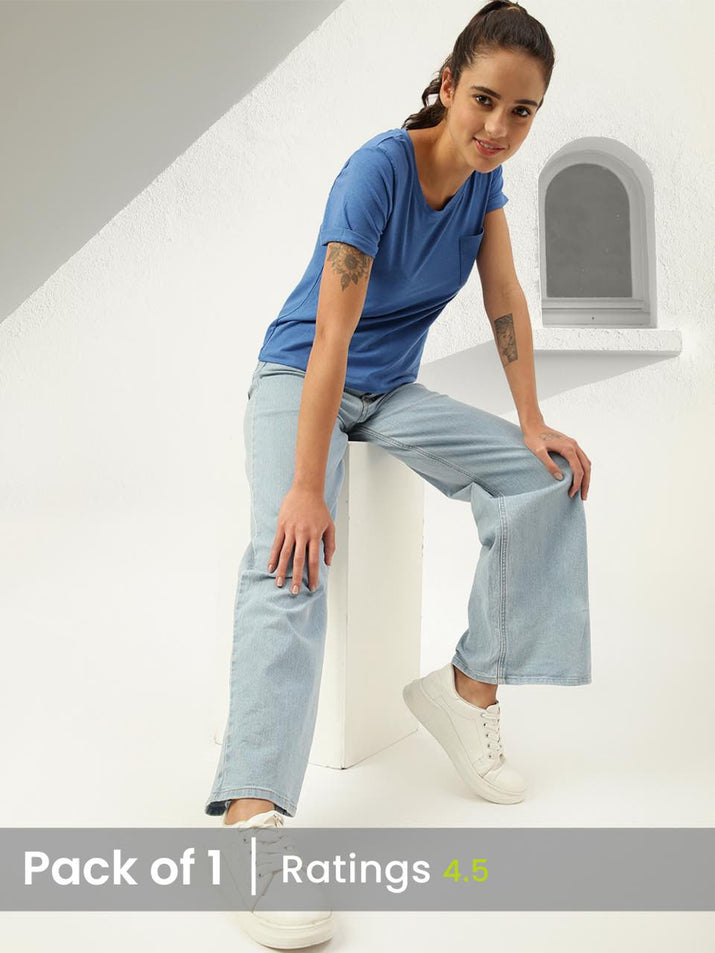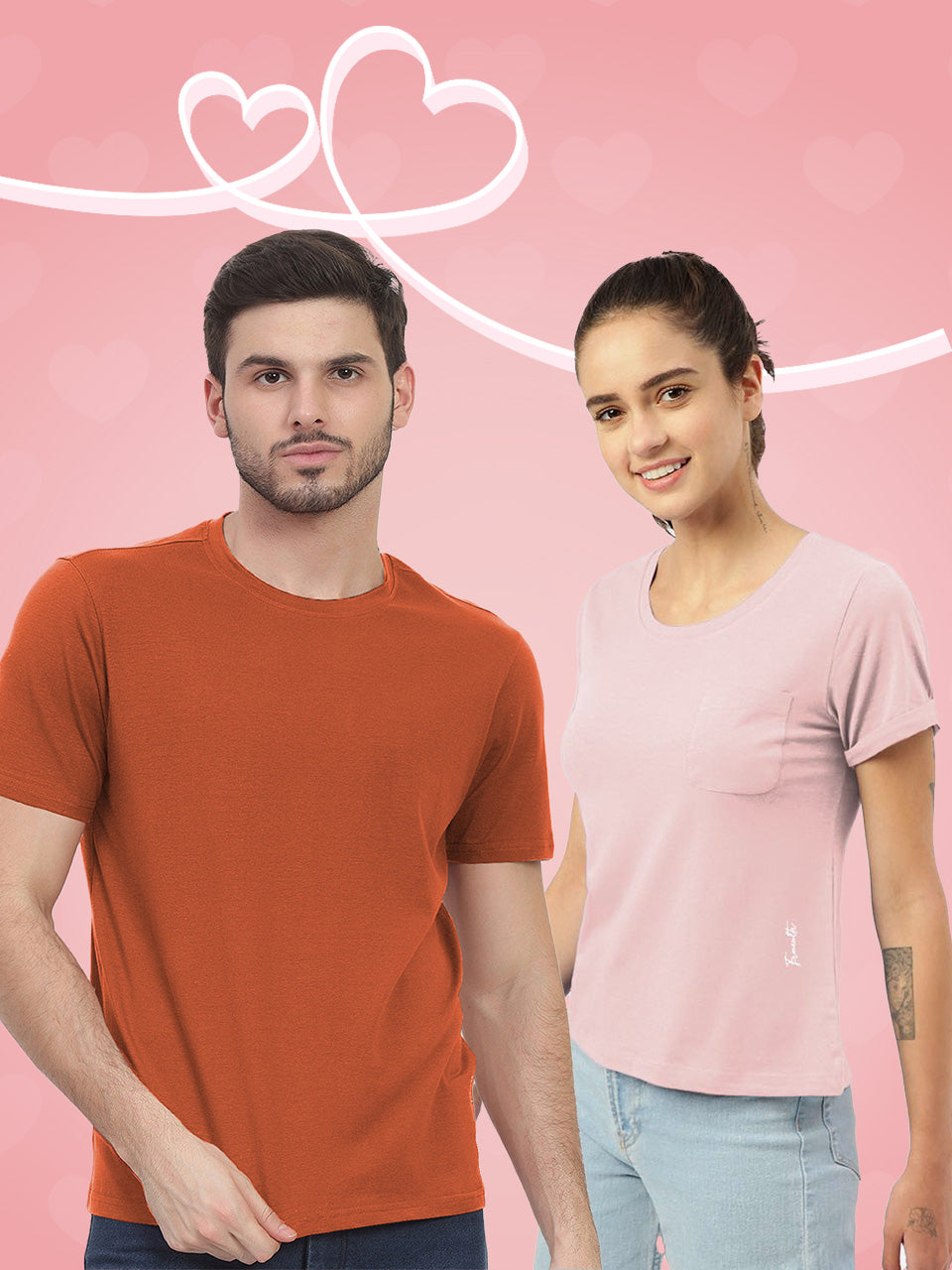The humble tee, often overlooked, represents the foundational layer in modern apparel, evolving beyond basic cotton into a highly engineered garment. Contemporary tees integrate advanced fiber technologies like long-staple Pima cotton for superior drape and reduced pilling, alongside innovative blends incorporating bamboo for natural moisture-wicking or ultrafine merino wool for thermoregulation. This shift reflects a recent trend towards 'stealth performance' where foundational pieces offer unseen technical benefits, ensuring maximum comfort and durability for both dynamic layering and standalone wear. Manufacturers now employ specialized knit structures and finishing treatments, enhancing abrasion resistance and shape retention, addressing the demand for garments that withstand rigorous everyday use and frequent laundering cycles, proving their indispensable role in a versatile wardrobe.

The Unsung Hero of Your Wardrobe: Understanding the Enduring Appeal of Tees
Often relegated to the background, the humble tee is, in fact, the linchpin of countless outfits and a testament to versatile design. More than just a basic garment, a well-chosen tee serves as the ultimate foundation for layering and a reliable staple for everyday wear. Its enduring appeal lies in its simplicity, adaptability. The surprising depth of engineering that goes into creating a truly durable and comfortable piece. From its origins as an undershirt to its current status as a fashion icon, the tee has evolved. Its core promise of comfort and utility remains. Understanding what makes a quality tee is key to building a functional and lasting wardrobe.
Decoding Durability: The Fabric and Construction of Long-Lasting Tees
The longevity and comfort of your tees are primarily determined by two critical factors: the material they're made from and how they're constructed. Not all tees are created equal. Discerning the differences can significantly impact your wearing experience and the garment's lifespan.
Fabric Fundamentals: What Your Tees Are Made Of
The choice of fabric dictates everything from breathability and softness to how well the tee holds its shape and resists wear. Here's a breakdown of common materials used for tees:
- Cotton The most popular choice, renowned for its softness, breathability. Absorbency.
- Standard Cotton Comfortable and affordable. Can be prone to shrinking and wrinkling.
- Pima Cotton/Supima Cotton These are premium varieties of cotton with longer fibers, resulting in a softer, stronger. More lustrous fabric that resists pilling and fading better than standard cotton.
- Organic Cotton Grown without synthetic pesticides or fertilizers, making it an environmentally friendlier option.
- Combed Cotton Has shorter fibers removed, leaving only the stronger, longer ones, making it softer and more durable.
- Cotton Blends Combining cotton with other fibers to enhance specific properties.
- Poly-Cotton (Cotton-Polyester Blend) Offers the breathability of cotton with the durability, wrinkle-resistance. Moisture-wicking properties of polyester. Ideal for active wear or everyday tees that need to hold up to frequent washing.
- Tri-Blends (Cotton-Polyester-Rayon/Modal) These tees are exceptionally soft, drape well. Have a vintage, worn-in feel. The rayon or modal adds a silky texture and enhanced breathability.
- Synthetics Engineered for specific performance characteristics.
- Polyester Highly durable, moisture-wicking, wrinkle-resistant. Quick-drying. Often used for athletic tees.
- Rayon/Modal Derived from wood pulp, these semi-synthetic fibers are incredibly soft, breathable. Have an excellent drape. They often feel silkier than cotton.
- Linen Known for its exceptional breathability and moisture-wicking properties, linen tees are perfect for warm weather. They have a distinct texture and tend to wrinkle easily, which contributes to their relaxed charm.
The Art of Construction: Stitching and Seams
Beyond the fabric, the way a tee is put together significantly impacts its durability. High-quality tees exhibit meticulous attention to detail in their construction:
- Stitching Look for even, tight stitches. Double-needle stitching on hems and sleeves is a strong indicator of durability, as it reinforces these high-stress areas against tearing and unraveling. Flatlock seams, where two pieces of fabric are laid flat and stitched together, reduce bulk and prevent chafing, commonly found in athletic tees.
- Neckline Reinforcement The neckline is often the first part of a tee to show wear. A well-constructed tee will have a ribbed collar that maintains its shape and doesn't stretch out easily. Taped seams (a strip of fabric covering the seam on the inside of the collar) add comfort and prevent stretching.
- Shoulder Seams Quality tees often feature taped shoulder seams to prevent stretching and improve comfort, especially when layering or carrying a bag.
As a personal anecdote, I once invested in a pack of cheap tees for a trip, thinking they were "just basics." Within a few washes, the necklines stretched, the side seams twisted. They quickly lost their shape. This experience solidified my belief that investing a little more in well-constructed tees with quality fabrics pays dividends in terms of longevity and appearance.
Tees as the Ultimate Layering Foundation: Versatility in Action
The true genius of tees lies in their unparalleled ability to serve as the foundational layer for almost any outfit. Their slim profile and comfortable fit make them ideal for building complex, functional. Stylish layered looks.
- Temperature Regulation Layering tees under shirts, sweaters, or jackets allows you to easily adapt to changing temperatures throughout the day. A long-sleeve tee under a short-sleeve button-down, for instance, provides warmth without bulk.
- Style Versatility Tees can effortlessly transition from casual to smart-casual. A crisp white tee under a blazer instantly elevates the look, while a graphic tee under an open flannel shirt creates a relaxed, edgy vibe. They can add a pop of color or texture to an otherwise simple ensemble.
- Comfort and Protection Wearing a tee as a base layer provides an extra layer of comfort against rougher outer fabrics and helps protect your more expensive garments from body oils and sweat, reducing the need for frequent washing of the outer layers.
Consider the classic scenario: you're heading out in the morning. It's chilly. The forecast promises a warm afternoon. Starting with a quality tee, you can add a lightweight button-down shirt, then a denim jacket. As the day warms up, you shed the jacket, then the button-down, always maintaining a comfortable and stylish base. This practical application highlights why well-fitting, durable tees are indispensable.
Maximizing Lifespan: Care and Maintenance for Your Tees
Even the most durable tees require proper care to maintain their integrity, shape. Color over time. Implementing a few simple habits can significantly extend the life of your favorite tees.
- Washing Wisely
- Read the Label Always check the care tag for specific instructions, especially for blends or delicate fabrics.
- Cold Water Wash Washing tees in cold water helps prevent shrinking, fading. Reduces energy consumption.
- Gentle Cycle A gentle cycle minimizes stress on the fabric and seams.
- Turn Inside Out This protects the outer surface, especially for printed or graphic tees. Helps prevent pilling.
- Separate Colors Wash whites, lights. Darks separately to prevent color bleeding.
- Drying Techniques
- Air Dry When Possible Tumble drying, especially on high heat, can cause shrinkage, fade colors. Degrade fabric fibers over time. Laying tees flat or hanging them to air dry is the best method for longevity.
- Low Heat Tumble Dry If machine drying, use the lowest heat setting and remove tees while slightly damp to prevent over-drying and wrinkles.
- Proper Storage
- Fold or Hang Appropriately While tees can be folded, hanging them on proper hangers (not wire hangers that can distort shoulders) helps maintain their shape and prevents creasing.
- Avoid Over-stuffing Give your tees room in your drawers or closet to prevent crushing and wrinkling.
Common issues like pilling (small balls of fiber on the fabric surface), stretching. Fading can often be mitigated by these practices. Pilling, for instance, is more common with shorter-fiber cottons or certain blends. Excessive friction during washing and drying can accelerate it. By turning your tees inside out and using a gentle wash, you reduce this friction.
Ultimately, a high-quality tee is an investment in comfort, style. Practicality. By understanding the elements that contribute to their durability and adopting proper care routines, you ensure that your tees remain reliable staples in your wardrobe for years to come.
Conclusion
Ultimately, mastering your tee game isn't just about owning clothes; it's about crafting versatile, resilient outfits that truly last. Take action today by evaluating your current tee collection. Do they truly offer the foundational comfort and lasting quality you need for seamless layering, effortlessly transitioning from a crisp blazer under an office air-conditioner to a casual flannel on a cool evening? Consider the burgeoning trend of 'quiet luxury,' where high-quality, durable basics like a well-structured tee form the very core of an elegant wardrobe. I’ve personally found that investing in a heavier-weight organic cotton tee, perhaps a 200 GSM option, withstands countless washes without losing its shape – a stark contrast to flimsy fast-fashion alternatives. This choice genuinely elevates a simple jeans-and-tee look into something refined and enduring. Don't underestimate the power of a durable, well-fitting tee to be your ultimate style workhorse, adapting to any scenario. Embrace this foundational piece, knowing it’s built to last and evolve with your personal style journey. For further reading on sustainable fashion and garment longevity, consider exploring resources like the Fashion Revolution's impact reports: Fashion Revolution Impact Reports.More Articles
Inner Wear – Foundation of Comfort & Daily ConfidenceWomen's Tank Top – Effortless Style & Breathable Design
Men's T-Shirt – Everyday Essential & Perfect Fit
Men's T-Shirt – Casual Style & Lasting Comfort
FAQs
What makes these tees so durable?
Our tees are crafted from high-quality, pre-shrunk cotton blends with reinforced stitching at key stress points. This meticulous construction ensures they can withstand countless washes and everyday wear without losing their shape or integrity.
Are these tees good for layering, or will they feel bulky?
They're designed with ultimate layering in mind! We've struck the perfect balance with a comfortable, not-too-tight fit and a medium weight fabric. This means they slide smoothly under jackets, sweaters, or shirts without adding unnecessary bulk, making them ideal as a base layer.
What material are they made from? Are they really comfortable for all-day wear?
Absolutely! We use a premium, soft-spun cotton blend that feels incredibly soft against your skin. It's breathable and lightweight enough for all-day comfort, whether you're out and about or just lounging at home.
How should I wash these tees to keep them looking good?
For best results, machine wash cold with like colors and tumble dry low. Avoid using bleach. If you need to iron, do so on a low setting. Following these simple steps will help maintain their color and shape for a long time.
Seriously, how long can I expect these tees to last?
With proper care, these tees are built to be a staple in your wardrobe for years. Their robust construction means they resist pilling, fading. Stretching, holding up far better than your average tee.
Do they have a specific fit. Can I wear them for different activities?
They feature a versatile, modern fit that's neither too slim nor too baggy, offering comfort and style for everyone. Their durability and comfort make them perfect for a wide range of activities – from casual outings and workouts to just relaxing at home.
Will these tees shrink after washing?
We've taken steps to minimize shrinkage. The fabric is pre-shrunk, so you can expect very little, if any, additional shrinkage when you follow the recommended washing instructions.





